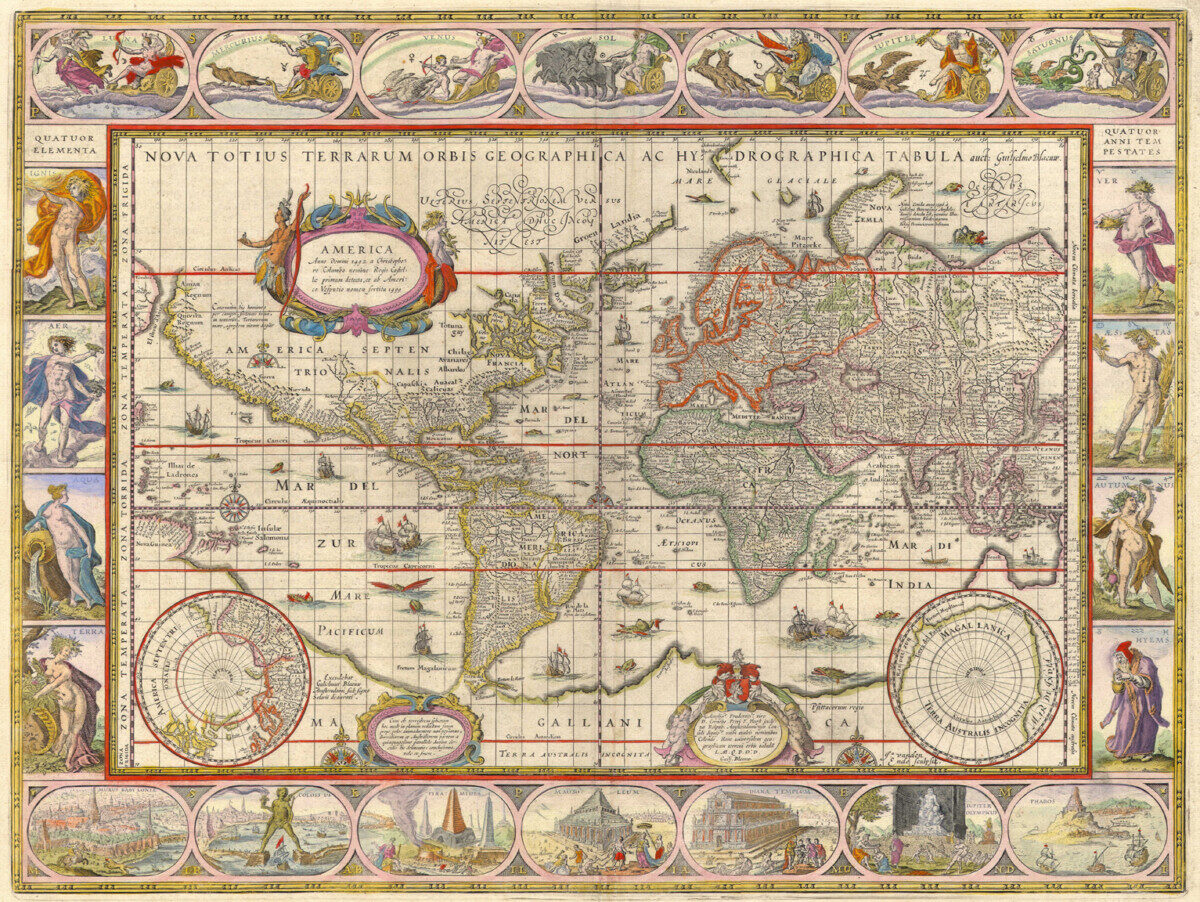This Processional Cross at the African arts section in the Carols Museum is very interesting. The object dates back to the late 18th century, and it is an example of Christian arts in Ethiopian style. The cross is carved with important Christian figures and scenes, such as Virgin Mary and the Christ Child, the Holy Trinity, and St. George killing the dragon, on each side. As the Ethiopian style paintings we have seen in class, the figures are planar and stylized, which is highly indigenous to the region except for the theme. Upon taking a look at processional crosses that were made in the Europe, I find the heavy decoration of this Ethiopian cross sets the item apart from its European counterparts. Indeed, this work demonstrates how the indigenous people adapted the Christian ideology with their own form of arts and the cultural exchanged that took place.
In a Baroque collection, I think the item can be displayed together with other objects that bore European influence. It would be interesting to have a collection of works from various cultures and compare them to learn the different response to European arts and Christianity of each culture. Alternatively, we could have Ethiopian Christian objects from different time periods to see how the adaptation developed over time.
Early modern viewers might appreciate the “exoticness” of this cross. The Jesuit mission may show the item as proof to the success of its missions in Africa. For the indigenous Christians, it also served as a devotional object: it would be carried during annual festivals and church services. In any sense, the processional cross is a beautiful work that deserves appreciation.

